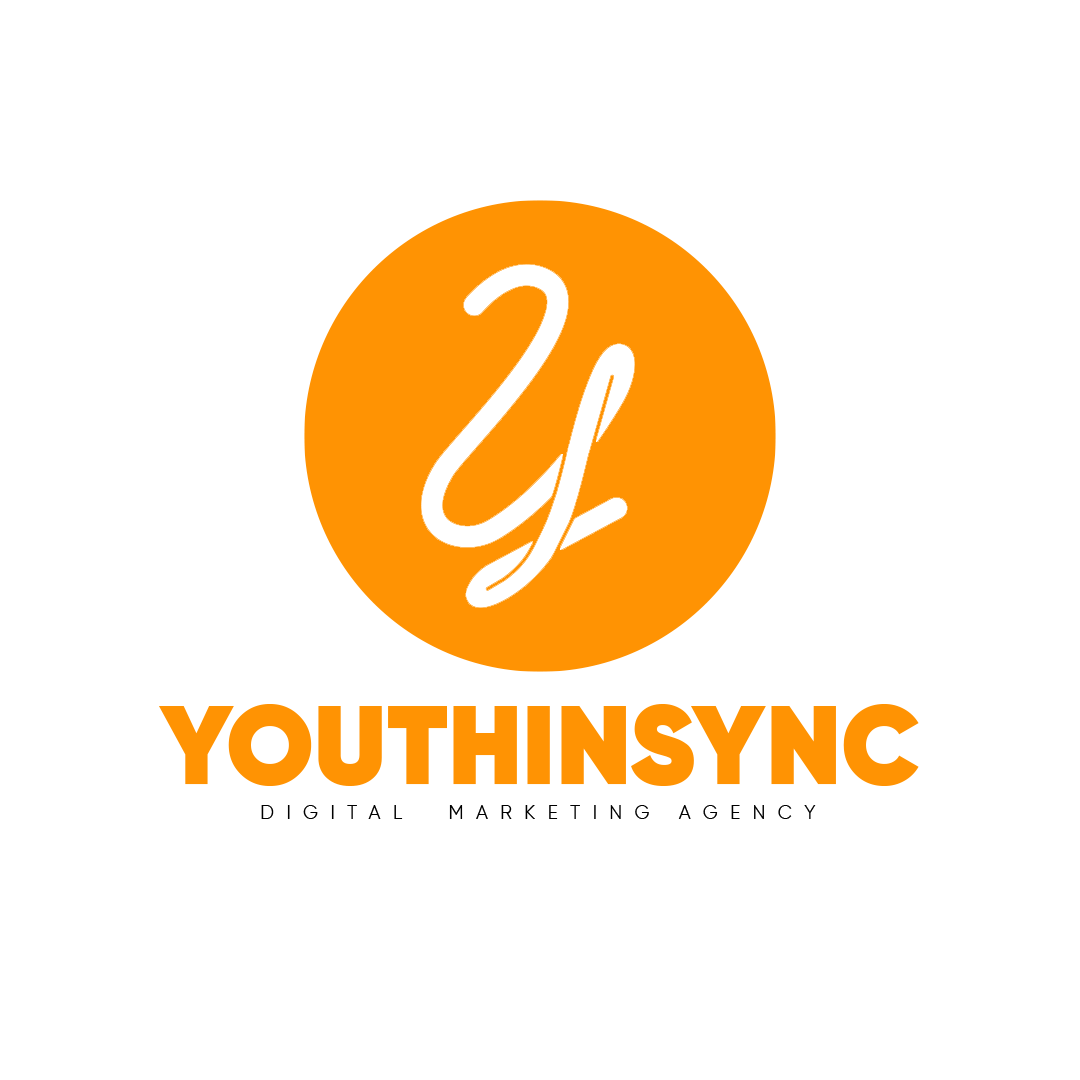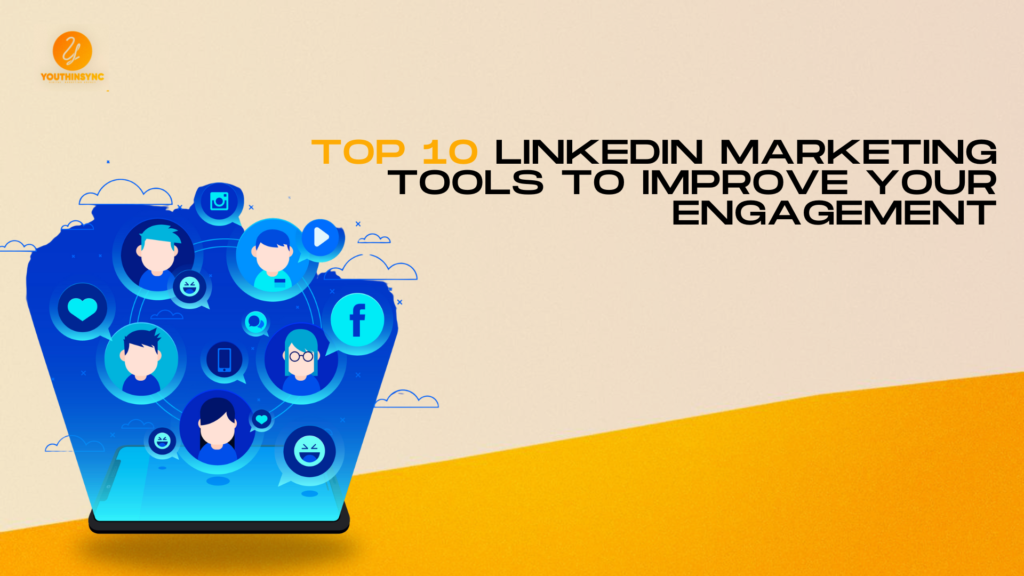LinkedIn stands out as the premier platform for B2B marketing and career growth. With its robust features tailored for professionals and businesses, LinkedIn offers unparalleled opportunities for networking, lead generation, and brand building. However, maximizing the potential of LinkedIn requires more than just a strong profile and regular posts. It demands the strategic use of LinkedIn marketing tools that can enhance engagement, streamline processes, and deliver measurable results.
As we step into 2024, the landscape of LinkedIn marketing continues to evolve. To stay ahead of the curve and achieve your engagement goals, it’s crucial to leverage the right tools. In this blog, we’ll explore the top 10 LinkedIn marketing tools that can help you boost your engagement and optimize your LinkedIn strategy for the coming year. From analytics and automation to content scheduling and lead generation, these tools are designed to make your LinkedIn efforts more effective and impactful.
Why LinkedIn Marketing Tools are Essential
Managing a successful LinkedIn marketing strategy involves multiple tasks, from crafting engaging content and monitoring analytics to generating leads and interacting with your audience. Doing all this manually can be time-consuming and challenging, especially when trying to maintain a consistent presence and measure the effectiveness of your efforts.
LinkedIn marketing tools are designed to address these challenges by automating routine tasks, providing valuable insights, and enhancing your overall strategy. By incorporating these tools into your LinkedIn marketing plan, you can save time, improve accuracy, and achieve better engagement outcomes. Whether you’re a small business owner or part of a larger marketing team, these tools can help you navigate the complexities of LinkedIn marketing and drive better results.
Top 10 LinkedIn Marketing Tools
1. LinkedIn Analytics Tools
Overview: LinkedIn offers its own analytics features, but third-party tools such as Shield and LinkedIn Pages Analytics provide a more comprehensive view of your performance on the platform. These tools offer in-depth insights into how your content is performing, including metrics on engagement, follower growth, and content reach.
Key Features:
- Detailed analytics on post-performance, including likes, comments, and shares.
- Insights into follower demographics and growth trends.
- Performance tracking over time to identify patterns and areas for improvement.
How It Improves Engagement: By analyzing these metrics, you can gain a better understanding of what content resonates with your audience. This information allows you to tailor your LinkedIn strategy, focus on high-performing posts, and ultimately increase engagement with your audience.
2. LinkedIn Automation Tools
Overview: Automation tools like Dux-Soup and Expandi are designed to simplify repetitive tasks on LinkedIn. These tools can automate tasks such as sending connection requests, following up with messages, and visiting profiles, which can significantly enhance your efficiency and outreach efforts.
Benefits:
- Time-Saving: Automate routine tasks to free up time for more strategic activities.
- Increased Network: Send personalized connection requests and follow-ups to expand your network.
- Consistent Communication: Ensure consistent and timely communication with your connections.
Best Practices: While automation tools can be highly effective, it’s essential to use them ethically. Avoid excessive automation, as it can lead to your account being flagged by LinkedIn. Use these tools to complement your organic efforts, and always personalize your messages to maintain genuine interactions.
3. Content Scheduling Tools
Overview: Consistent posting is vital for maintaining engagement on LinkedIn. Tools like Buffer and Hootsuite allow you to schedule your posts in advance, ensuring that your content is consistently published even when you’re not actively managing your LinkedIn account.
Importance of Consistency: Regular posting keeps your audience engaged and helps build your brand’s presence. By scheduling posts, you can plan your content calendar in advance, maintain a steady flow of content, and reach your audience at optimal times.
How This Tool Helps: Content scheduling tools offer features like post scheduling, content calendar management, and analytics. These features help you plan and execute your LinkedIn strategy more effectively, ensuring that your posts are timely and aligned with your marketing goals.
4. Lead Generation Tools
Overview: Generating high-quality leads is a crucial aspect of LinkedIn marketing, especially for B2B businesses. Tools like LinkedIn Sales Navigator and AeroLeads help you identify and engage with potential leads, providing advanced search filters and lead recommendations.
Key Features:
- Advanced Search Filters: Find the right prospects based on criteria such as industry, job title, and company size.
- Lead Recommendations: Get suggestions for leads based on your target audience and engagement history.
- CRM Integration: Seamlessly integrate with CRM systems for efficient lead management.
Why It’s Crucial: High-quality leads are essential for driving business growth. These tools enable you to focus on prospects who are more likely to convert, improving your overall lead generation efforts and enhancing engagement with your LinkedIn content.
5. LinkedIn Ad Management Tools
Overview: Running effective LinkedIn ad campaigns requires careful management and optimization. Tools like AdStage and LinkedIn
Campaign Manager provide features for creating, managing, and optimizing your LinkedIn ads, helping you achieve better results from your advertising efforts.
Streamlining Ad Campaigns: These tools offer functionalities such as ad creation, budget management, and performance analytics. They also provide A/B testing options to optimize your ad creatives and targeting strategies.
Maximizing ROI: By using these tools to manage and optimize your LinkedIn ad campaigns, you can ensure that your advertising budget is spent effectively. This leads to better engagement with your target audience and higher returns on your ad investments.
6. Social Listening Tools
Overview: Understanding your audience’s preferences and sentiments is key to creating engaging content. Social listening tools like Brandwatch and Mention help you monitor conversations about your brand and industry on LinkedIn, providing insights into audience needs and trends.
Understanding Audience Needs: Social listening allows you to track mentions of your brand, monitor industry trends, and identify key topics of interest. This information helps you align your content with your audience’s preferences and concerns.
Improving Engagement: By creating content that resonates with your audience’s interests and addressing their pain points, you can foster more meaningful interactions and drive higher engagement on your LinkedIn posts.
7. Engagement Tracking Tools
Overview: Measuring the effectiveness of your LinkedIn strategy requires tracking various engagement metrics. Tools like HubSpot and Sprout Social offer comprehensive engagement tracking, including metrics such as likes, comments, shares, and clicks.
Measuring Engagement Metrics: These tools provide detailed reports and dashboards that help you understand how your audience is interacting with your content. This includes insights into which posts are performing well and which areas need improvement.
Optimizing Content: By analyzing engagement metrics, you can refine your content strategy to focus on the types of posts that drive the most engagement. This data-driven approach helps you continuously improve your LinkedIn presence and achieve better results.
8. LinkedIn Profile Optimization Tools
Overview: A well-optimized LinkedIn profile is crucial for attracting connections and building credibility. Tools like LinkedIn Profile Review and Resume Worded provide tips and suggestions for enhancing your profile, including optimizing your headline, summary, and experience sections.
Enhancing Visibility: An optimized profile ranks higher in LinkedIn searches, making it easier for potential connections and employers to find you. This increased visibility can lead to more meaningful connections and opportunities.
Building Connections: A strong profile not only attracts more views but also encourages more engagement from your connections. By highlighting your skills, achievements, and professional interests, you can establish yourself as a thought leader in your industry.
9. Content Curation Tools
Overview: Sharing relevant and high-quality content is essential for maintaining audience interest and engagement. Content curation tools like Feedly and ContentStudio help you discover and curate valuable content to share with your LinkedIn network.
Keeping Content Fresh: These tools aggregate content from various sources, allowing you to find and share the latest industry news, insights, and trends. Curating content helps you provide value to your audience while positioning yourself as a knowledgeable resource.
Enhancing Engagement: By sharing curated content that resonates with your audience, you can drive more interactions and encourage discussions. This not only boosts engagement but also helps you build a more engaged and loyal LinkedIn following.
10. Competitor Analysis Tools
Overview: To stay ahead of the competition on LinkedIn, it’s important to understand what your competitors are doing. Tools like SEMrush and BuzzSumo offer insights into your competitors’ LinkedIn strategies, including their content, engagement, and follower growth.
Monitoring Competitors: These tools allow you to track your competitors’ performance, analyze their content, and identify their strengths and weaknesses. This information helps you understand what works in your industry and how you can differentiate your LinkedIn strategy.
Staying Ahead: By leveraging competitor insights, you can adjust your LinkedIn tactics to capitalize on opportunities and address gaps in your own approach. This proactive approach helps you maintain a competitive edge and drive better engagement with your audience.
How to Choose the Right Tool for Your Business
With numerous LinkedIn marketing tools available, selecting the right ones for your business can be challenging. Here are some factors to consider when choosing tools:
- Budget: Determine your budget for LinkedIn tools and choose options that provide the best value for your investment. Some tools offer free versions or trials, allowing you to test their features before committing to a subscription.
- Business Size: Consider the size of your business and its specific needs. For example, small businesses may benefit from tools that offer a wide range of features at an affordable price, while larger enterprises may require more advanced functionalities and integrations.
- Goals: Identify your LinkedIn marketing goals, such as lead generation, content optimization, or engagement tracking. Choose tools that align with your objectives and provide the features necessary to achieve them effectively.
Conclusion
LinkedIn marketing tools play a crucial role in enhancing your presence and engagement on the platform. From analytics and automation to lead generation and competitor analysis, these tools offer a range of features designed to streamline your efforts and deliver better results.
By investing in the right LinkedIn marketing tools, you can optimize your strategy, improve your engagement, and achieve your marketing goals more efficiently. Start by exploring the tools mentioned in this blog and consider using free trials or demos to find the best fit for your needs. With the right tools in your arsenal, you’ll be well-equipped to navigate the complexities of LinkedIn marketing and drive success in 2024.

